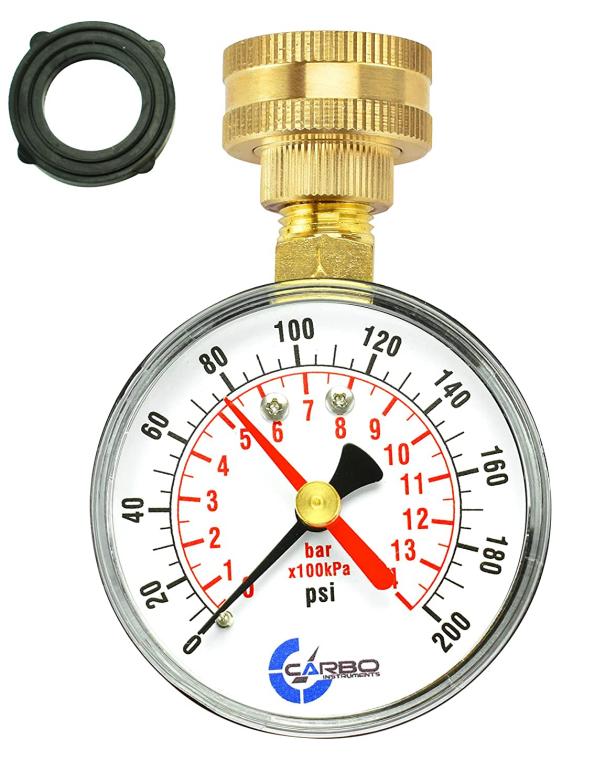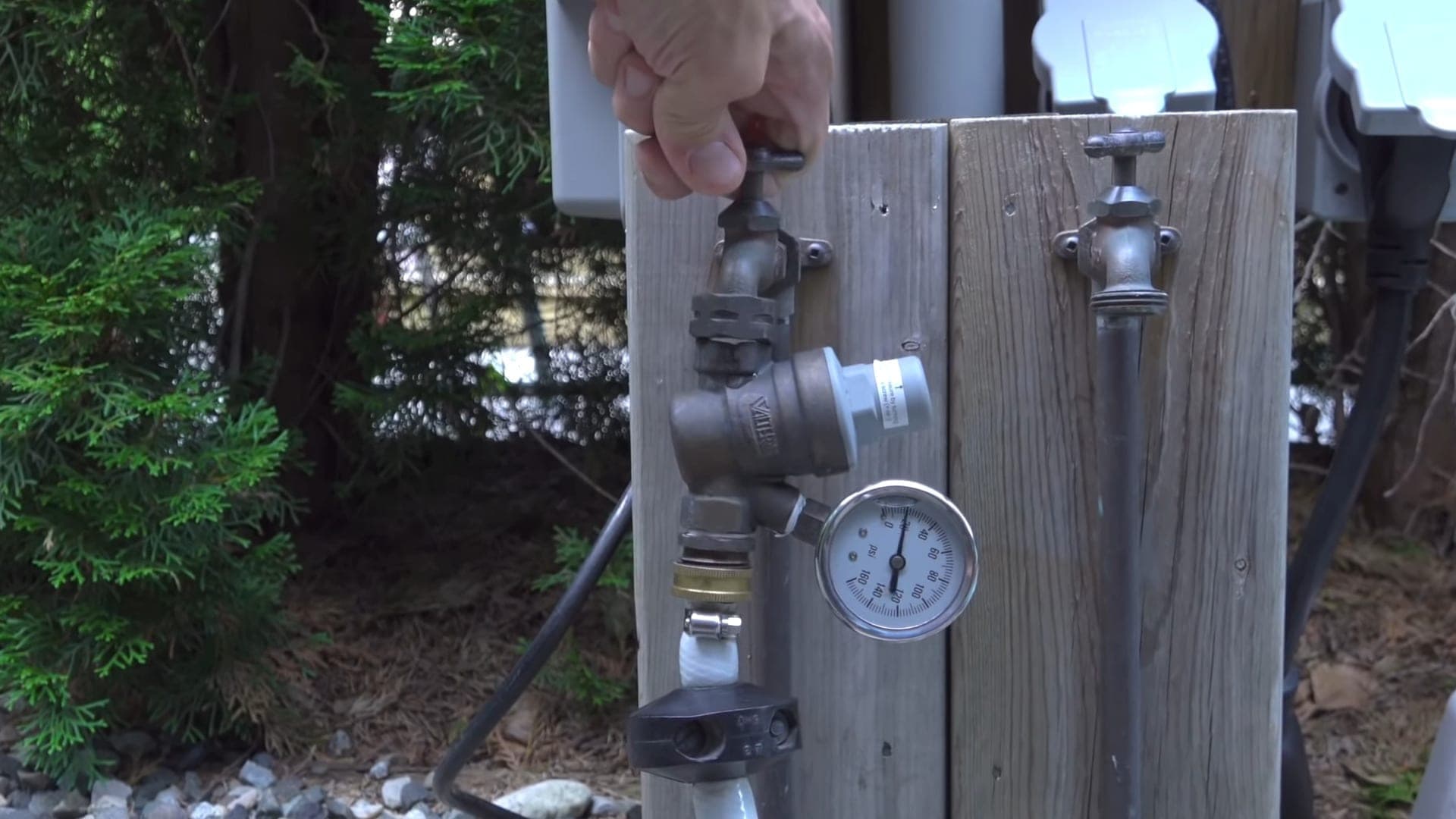Steps to Fix Low Water Pressure in Your Home
Steps to Fix Low Water Pressure in Your Home
Blog Article
How do you actually feel when it comes to 9 Reasons for Low Water Pressure in Your House?

Low water stress in your house can be an irritating trouble, influencing every little thing from showering to cleaning dishes. If you're experiencing weak water flow, there are numerous possible reasons and remedies to check out. In this guide, we'll review usual reasons for low water stress and functional steps to deal with the issue efficiently.
Intro to Low Water Pressure
Low tide stress occurs when the circulation of water from your faucets, showers, and other components is weaker than usual. This can make daily jobs a lot more challenging and less effective. Understanding the sources of low tide stress is essential to locating the best solution.
Typical Root Causes Of Low Tide Stress
Faulty Stress Regulators
Pressure regulators are accountable for keeping constant water pressure in your house. If they malfunction, it can cause low water stress or irregular flow throughout the house.
Community Water Supply Issues
Sometimes, the trouble lies outside your home. Municipal supply of water concerns, such as main line leakages or maintenance work, can momentarily reduce water stress in your location.
Pipeline Obstructions
Gradually, pipes can become clogged with mineral deposits, debris, or debris, limiting the circulation of water. This is an usual issue in older homes with galvanized steel pipelines.
Corrosion
Rust within pipes can bring about leakages and minimized water stress. Rust buildup can restrict water circulation, specifically in maturing plumbing systems.
Exactly How to Diagnose Low Tide Pressure
Examining Pipes
Inspect noticeable pipelines for signs of leakages, corrosion, or clogs. Take notice of any kind of unusual noises, such as knocking or rattling pipes, which can show problems within the plumbing system.
Consulting with a Plumber
If you're not able to identify the cause of low water stress, take into consideration working with a specialist plumber to carry out a thorough inspection. They can determine underlying issues and advise suitable services.
Examining Taps and Components
Start by examining the water pressure at various faucets and components throughout your home. If the issue is separated to specific locations, it may suggest local problems.
DIY Solutions to Repair Low Tide Pressure
Flushing Hot Water Heater
Debris build-up in the hot water heater can limit circulation and reduce effectiveness. Purging the container regularly aids eliminate debris and keep optimal efficiency.
Examining Stress Regulatory Authority
Make sure that the stress regulatory authority is operating correctly. Changing or replacing the regulatory authority can help bring back correct water pressure throughout your home.
Cleansing Aerators and Showerheads
Mineral deposits can accumulate in aerators and showerheads, decreasing water circulation. Get rid of and clean these components frequently to enhance water pressure.
Clearing Up Clogs in Pipes
For small blockages, try making use of a plumbing snake or chemical drainpipe cleaner to clear obstructions in pipes. Beware when using chemicals and adhere to safety and security guidelines.
When to Call a Specialist Plumber
If DIY efforts fail to resolve the problem or if you suspect considerable plumbing troubles, it's best to seek support from a certified plumber. They have the competence and devices to resolve intricate concerns securely and effectively.
Safety Nets to Maintain Water Stress
Installing a Pressure Booster
Consider mounting a stress booster pump to improve water stress in areas with continually reduced flow. This can be especially helpful for multi-story homes or properties with high-demand fixtures.
Surveillance Water Usage
Bear in mind water use habits and prevent ill-using the plumbing system. Simple adjustments, such as staggering showers and laundry tons, can aid keep appropriate water stress.
Regular Maintenance
Schedule routine maintenance for your plumbing system to prevent concerns such as deterioration, leaks, and clogs. Attending to minor troubles early can help stay clear of even more substantial fixings later.
Verdict
Dealing with low water pressure can be aggravating, but identifying the underlying causes and executing appropriate remedies can bring back optimal flow throughout your home. Whether it's cleansing aerators, checking pipelines, or seeking advice from a plumber, taking proactive steps can make certain a stable supply of water for your everyday demands.
FOUR WAYS TO FIX LOW WATER PRESSURE NOW
Turning on a shower or faucet only to find the water comes out in a sad, slow drizzle is never a good feeling. How exactly are you supposed to wash a pan or take a quick shower when it takes 10 minutes just to rinse off a little soap? The good news is that when your water pressure is bad, there's always a cause: typically one that can be easily fixed. Here are some of the most common causes of low pressure and what you can do to fix the issue:
DEBRIS AND MINERAL DEPOSIT BUILDUPS
If you notice low water pressure from just one or two of the fixtures in your house, the problem likely has to do with debris buildup. Water is full of minerals and other debris, all of which can accumulate in your pipes and on your fixtures. This can cause a blockage that affects how much water flows through. To fix this, try filling a small plastic bag with white vinegar, and use a rubber band to hang it around your showerhead or faucet. Let the head of the fixture soak for a few hours, and the vinegar should loosen the deposits.
WATER LEAKS
Leaks are another common cause of low water pressure. If water is flowing out of your plumbing through a hole or crack before it can reach your fixture, the pressure coming out of the faucet or showerhead will be lower. A plumbing professional is your best bet for finding and repairing a leak in your water supply pipes.
Leaks are another common cause of low water pressure. If water is flowing out of your plumbing through a hole or crack before it can reach your fixture, the pressure coming out of the faucet or showerhead will be lower. A plumbing professional is your best bet for finding and repairing a leak in your water supply pipes.
A VALVE ISSUE
If you have low water pressure throughout your home, check your main shut-off valve to make sure it's completely open. You may also want to see if there's a pressure-reducing valve installed. If there is, have a plumber help you adjust the settings to get the pressure you're looking for.
OTHERS USING WATER
Believe it or not, your low water pressure could be caused by your neighbors. If you notice low pressure at certain times of day, it may be because you and the people living next to you have similar schedules - when everyone is showering at the same time, the pressure will be lower in every home. Low pressure throughout the neighborhood may also be caused by an issue with your municipal water supply. If that's the case, call the supplier to see if they're working on the issue.
https://www.rotorooter.com/blog/water-leaking/low-water-pressure-fixes/

As a passionate person who reads about 4 Ways to Troubleshoot Low Water Pressure, I was thinking sharing that excerpt was smart. Sharing is caring. You just don't know, you will be helping someone out. Many thanks for taking the time to read it.
Learn More Report this page